Is Intelligent Driving Necessary in Tier 3 and Tier 4 Markets?
![]() 02/18 2025
02/18 2025
![]() 439
439
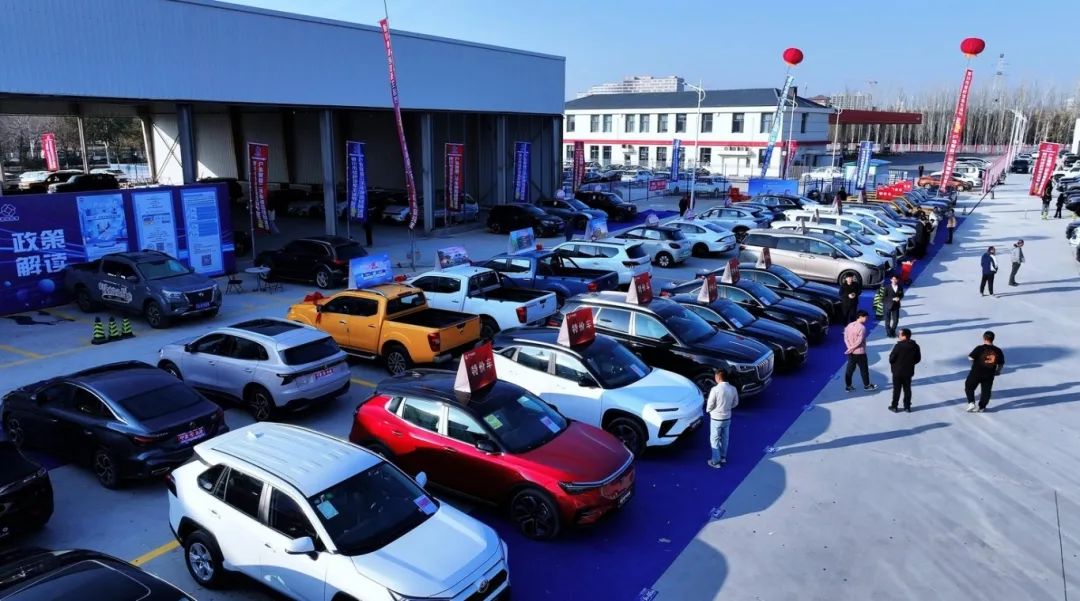
Introduction
The adage "something is better than nothing" rings true in many contexts, including the automotive industry. In recent years, Tier 3 and Tier 4 markets, primarily focusing on budget-friendly vehicles, have garnered significant attention from automakers. These markets, with their vast consumption potential and promising outlook, represent a new frontier for competition in the automotive sector.
As intelligent driving technology evolves rapidly and continuously innovates, consumer demand for smart vehicle features is no longer confined to the premium segment. Instead, it is gradually trickling down to benefit a broader consumer base.
With the acceleration of urbanization and rising income levels, the automotive consumption potential in Tier 3 and Tier 4 markets is steadily being unleashed. Data indicates that the proportion of vehicle sales in these markets has been rising annually, making them a vital growth engine for China's automotive market.
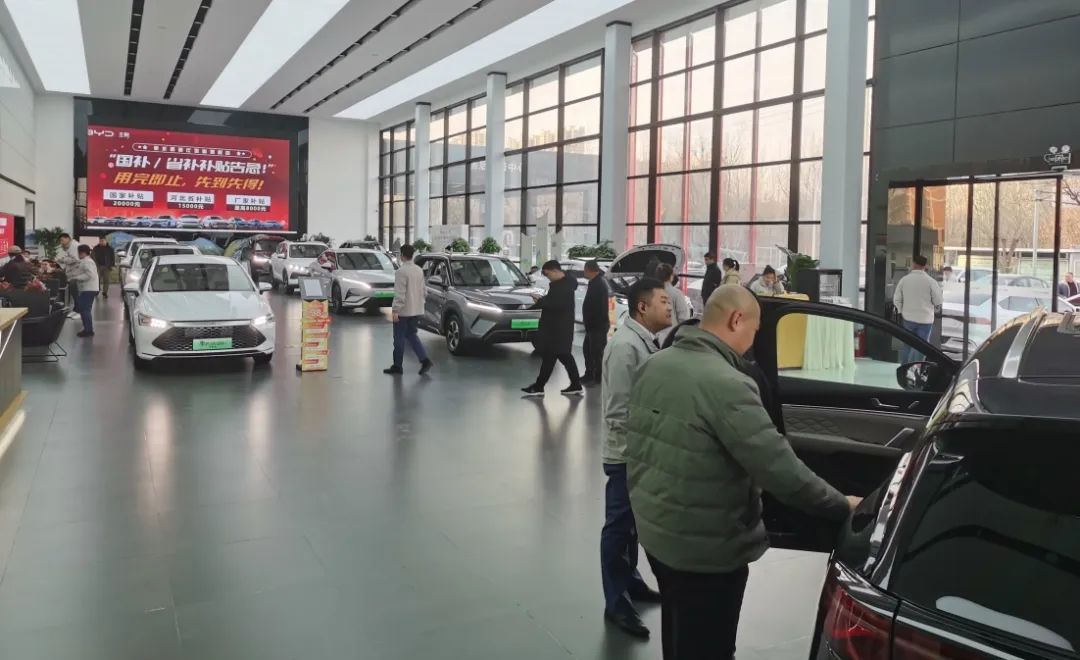
Despite being price-sensitive, consumers in Tier 3 and Tier 4 markets do not compromise on vehicle safety, convenience, and technological experience. On the contrary, these factors play a crucial role in their purchasing decisions.
Basic intelligent driving assistance functions, such as automatic emergency braking and lane departure warning, have garnered widespread popularity among Tier 3 and Tier 4 consumers due to their practical benefits of significantly enhancing driving safety and effectively reducing accident rates. For budget-conscious consumers who prioritize practicality, these smart features not only bolster driving safety but also bring unprecedented convenience and peace of mind to their journeys.
However, the growing demand for intelligent driving features in Tier 3 and Tier 4 markets is accompanied by numerous challenges in actual deployment. Among these, the cost issue stands out prominently. Given the relatively low price points of models targeted at these markets, meticulous cost control is imperative.
This scenario often results in the integration of only basic versions of intelligent driving functions, falling short of meeting some consumers' expectations for more advanced capabilities.
The widespread adoption of advanced intelligent driving features in Tier 3 and Tier 4 markets faces dual challenges of technology and pricing.
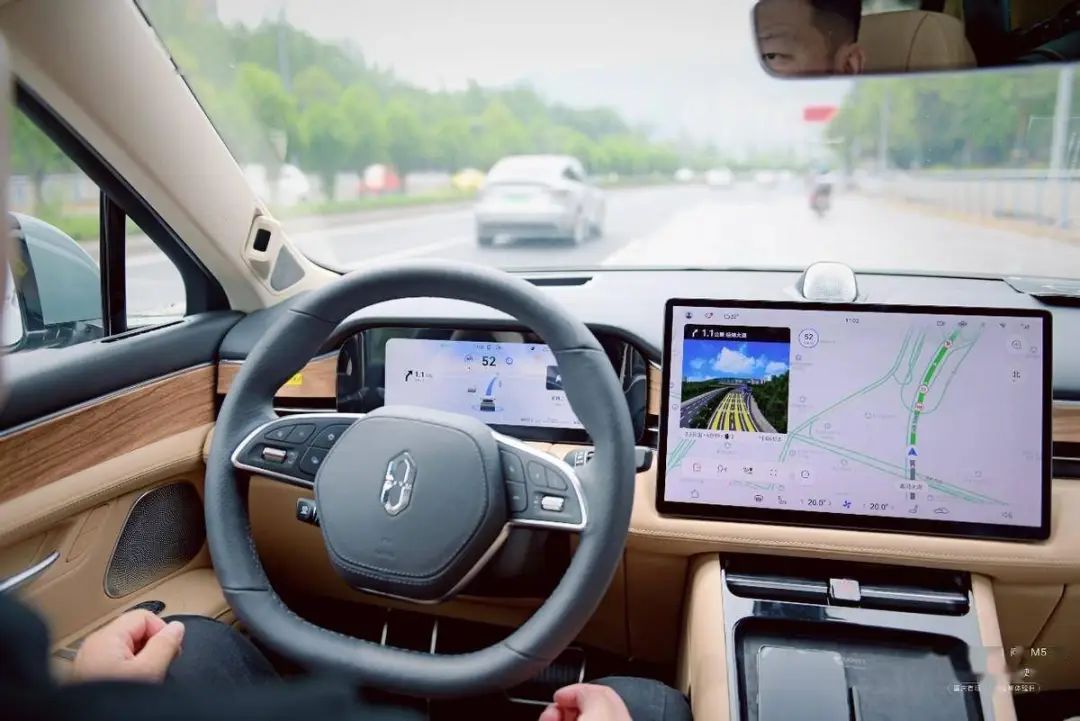
From a technical perspective, realizing advanced intelligent driving features necessitates sophisticated hardware and complex algorithms, inevitably increasing vehicle production costs. On the pricing front, consumers in Tier 3 and Tier 4 markets have clear expectations regarding the overall vehicle price. Excessive smart configurations often push vehicle prices beyond their affordability, thereby dampening their buying intent.
To address the challenges posed by Tier 3 and Tier 4 markets, automakers must adopt a series of strategic measures to better align with consumer demands and facilitate the popularization of intelligent driving technology.
In recent years, as intelligent driving technology has matured and costs have gradually declined, L2-level assisted driving functions have transitioned from premium models to mid- and low-priced ones. Domestic automotive brands like Geely, Changan, and BYD have introduced L2-level assisted driving in models priced below 100,000 yuan.
For instance, models such as Geely Binyue and Changan CS35 PLUS are equipped with intelligent driving features like adaptive cruise control and lane-keeping assistance, offering consumers more cost-effective options.
L2-level assisted driving, also known as partial automated driving, enables vehicle acceleration, braking, steering, and other operations under certain conditions while requiring the driver to maintain control at all times. Features like adaptive cruise control (ACC), lane-keeping assistance (LKA), and automatic emergency braking (AEB) significantly enhance driving safety and convenience.
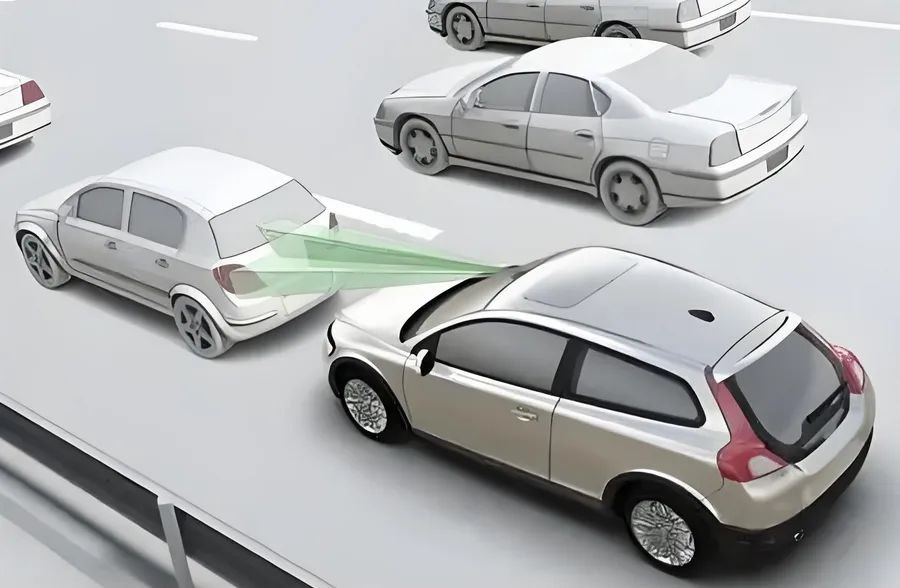
The proliferation of L2-level assisted driving functions is closely tied to effective cost control and optimization. Automakers reduce hardware costs through the adoption of more efficient sensors and computing platforms. Simultaneously, they enhance system efficiency and minimize reliance on hardware performance through optimized algorithms. Furthermore, large-scale production and supply chain optimization further lower the overall cost of intelligent driving functions, enabling their integration into budget-friendly models.
Consumer demand for intelligent driving features is on the rise, particularly regarding safety and convenience. L2-level assisted driving not only substantially improves driving safety but also mitigates driver fatigue and offers a more comfortable driving experience. Market feedback indicates that models equipped with L2-level assisted driving are often more favored by consumers and perform better in sales.
On February 14th, Yu Chengdong, Executive Director of Huawei, criticized some companies in his WeChat Moments for exaggerating basic intelligent driving assistance functions as advanced intelligent driving. This phenomenon underscores the conceptual confusion and excessive marketing in the rapidly evolving field of intelligent driving.
With the proliferation of intelligent driving technology, many automakers and tech companies have packaged basic assisted driving functions (like lane-keeping and adaptive cruise control) as "advanced intelligent driving" to capture market share, thereby misleading consumers about technical capabilities.
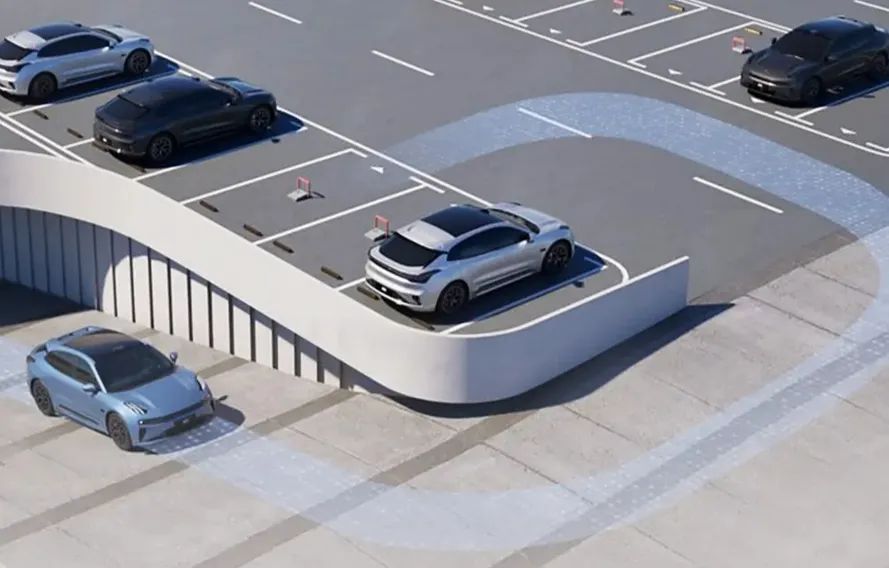
Yu Chengdong's remarks directly addressed the industry's disarray, urging enterprises to return to the core of technology and promote the widespread adoption of basic intelligent driving assistance rather than resorting to exaggerated marketing gimmicks. This critique not only sheds light on the industry's current state but also offers valuable insights for the healthy development of intelligent driving technology.
However, in reality, vision-based solutions for intelligent driving might not perform as well as lidar versions on highways. Nevertheless, functions like automatic parking, remote parking, and valet parking ensure that even budget models can offer a decent intelligent driving experience.
This necessitates automakers to continuously refine intelligent driving technology, lower hardware costs and algorithm complexity, and realize advanced intelligent driving functions in a more economical manner.
For instance, adopting more efficient sensors and computing platforms can reduce hardware costs. Optimizing algorithms enhances system efficiency and lowers the bar for hardware performance. Additionally, automakers can further cut costs through collaboration with suppliers to achieve large-scale production.
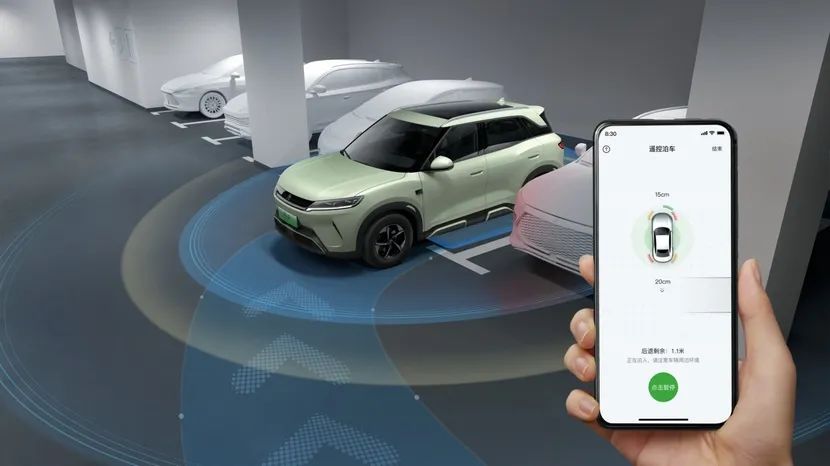
Crucially, since consumers in Tier 3 and Tier 4 markets have relatively low awareness of intelligent driving technology, automakers must intensify consumer education and experience initiatives to foster a deeper understanding and acceptance of these features.
It is evident that with technological advancements and market expansion, the prospects for the widespread adoption of intelligent driving technology in Tier 3 and Tier 4 markets are promising. In the future, automakers must continue to invest in R&D, optimize cost control, and launch more intelligent models catering to the needs of consumers in these markets.
Simultaneously, the government and industry organizations must strengthen policy support and standard formulation to promote the standardized development of intelligent driving technology.
In summary, as a vital segment of automotive consumption, the demand for intelligent driving features in Tier 3 and Tier 4 markets is on the rise. Despite numerous challenges in deployment, continuous innovation and optimization to strike the optimal balance between technology and pricing will meet the needs of consumers in these markets and foster the widespread adoption and application of intelligent driving technology.








